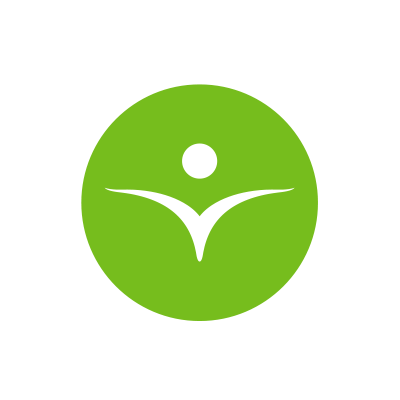When the heart pumps blood through our circulatory system, the force of the blood pushes against the walls of our arteries. This is called blood pressure.
Understand Blood Pressure Readings
The reading is quite simple once you understand what the top and bottom number mean.
Top number is the systolic pressure (how much pressure your blood is exerting against your artery walls when the heart beats), and the number should be less than 120 to be considered normal.
Bottom number is the diastolic pressure (how much pressure your blood is exerting against your artery walls while the heart is resting between beats), and the number should be less than 80 to be considered normal.
It is measured in mmHg (millimetre of mercury). In this blog, we will be focusing on the topic of hypertension rather than hypotension.
Hypertension = High BP
Hypotension = Low BP

Possible causes
- Diabetes
- Lifestyle choices (i.e sedentary lifestyle, lack of exercise)
- Unhealthy diet (i.e excessive sodium intake)
- Obesity
- Excessive alcohol consumption
- Use of tobacco
- Stress
How can first aid help with blood pressure?
Hypertension can lead to heart attacks/strokes. Recognizing the causes and knowing how to help when an individual is suffering, can potentially save a life.
Smiles First Academy offers Standard First Aid and CPR courses to all individuals. This is a 2-day, comprehensive course that covers heart attack, stroke prevention, defibrillation, asthma, fainting, bleeding, seizures, etc.






